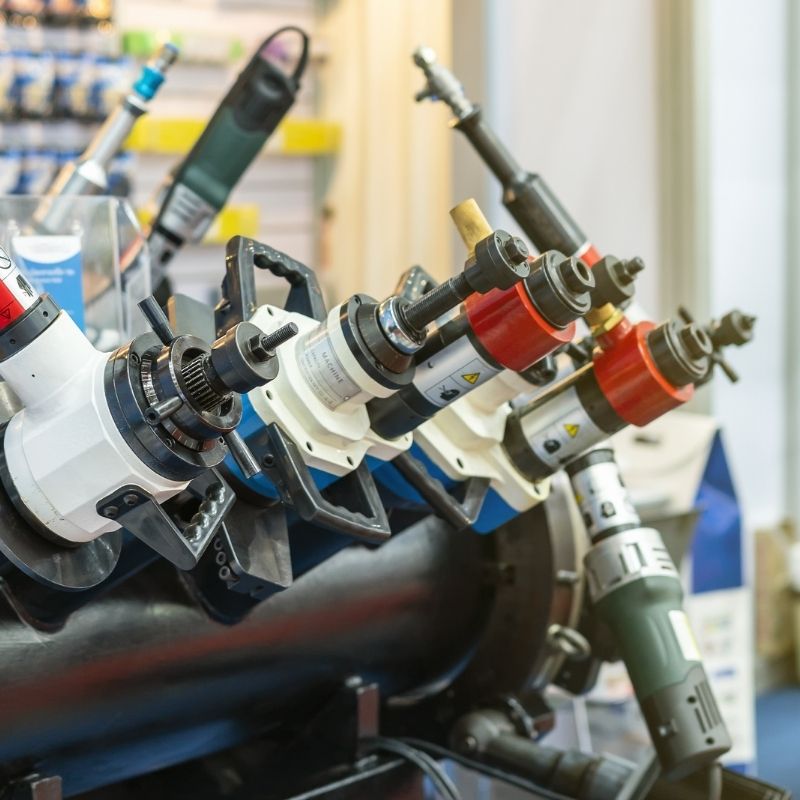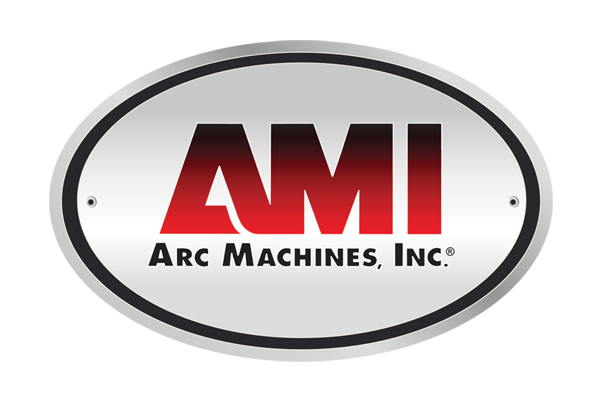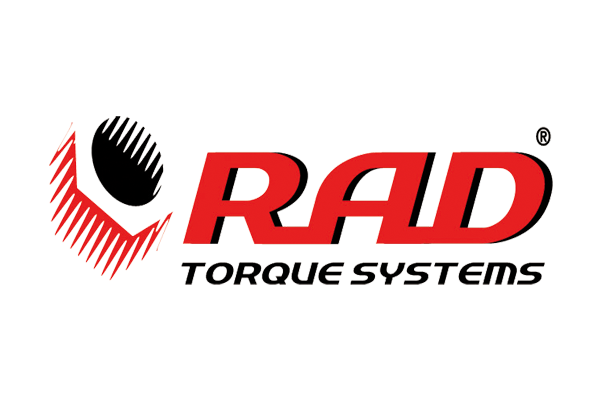5 Common Pipe Beveling Mistakes To Avoid

Welding two pieces of pipe together requires a specific approach: beveling. Beveling is a fundamental process. It creates a distinct angle between a pipe’s end and a plane perpendicular to the surface. As a strategic tactic, pipe beveling preps metal for an admirably welded seam by cutting an edged slope. Beveling is exceptionally useful in a wide array of industries that use steel pipes or metal tubing.
The end goal of the beveling process is to produce aesthetically pleasing results for welding procedures. Ergo, any undertakers need to know the best practices to ensure quality welds. Read through the following five most common pipe beveling mistakes to avoid for a greater understanding of the process.
Cutting Corners: Unfavorable Preparation
Beveling is a precise process, which is why you must set a project up for success from the get-go. Every weld is a crucial link of a piping system, so don’t cut corners. A lack of proper preparation sets you up for weld failure. Each cut should follow standard procedure to avoid potential project delays, cost hikes, and disastrous defects to a pipeline’s integrity.
Wrong Process: Not One-Size-Fits-All
A selection of modern methods exists to bevel a pipe. Not all are ideal for specific situations or projects. Avoid making the mistake of selecting the wrong beveling process. Some methods are usable on a wider range of materials, which affects your overall flexibility in production. Consider various factors when making your decision. Safety, facility, design, and operations are all facets to consider beforehand.
Inconsistent Beveling Length: Lack of Weld Integrity
When you’re facing a critical weld job, a thorough evaluation is key to assure precise results. Be sure to use and maintain adequate beveling length to reinforce welds. Inconsistency with industry standards is another of the five common pipe beveling mistakes to avoid. Piping lengths must remain uniform for quality welding down the line.
Too Steep of an Angle: Part Misalignment
Misalignment is the noticeable difference between the internal or external heights of two different pipes during welding. If you bevel a pipe at an angle that’s too steep, poor alignment is a prominent possibility. The goal of pipe welding is to create a strong, durable weld. Avoid a weaker weld with consequences by using the right angle. The standard bevel welding angle is 37.5 degrees. That being said, automatic beveling machines can seamlessly adjust angles for different projects.
Selecting an Unsuitable Beveling Tool
Beveling machines expedite the welding process. Manual, automated, and portable configurations are available in the modern industrial market. Speed, safety, and reliability are integral features in a pipe beveling machine. Evaluate the most appropriate beveling tool for your pipe or tube fabrications.
SEC Industrial is a leading supplier of pipe beveling equipment and tools. These ESCO beveling tools are perfect for an assortment of industries and applications. Browse through our collection of high-quality specialty equipment or contact us with any questions about product techniques or specific operations. We’re here to help as a trusted industry resource.








